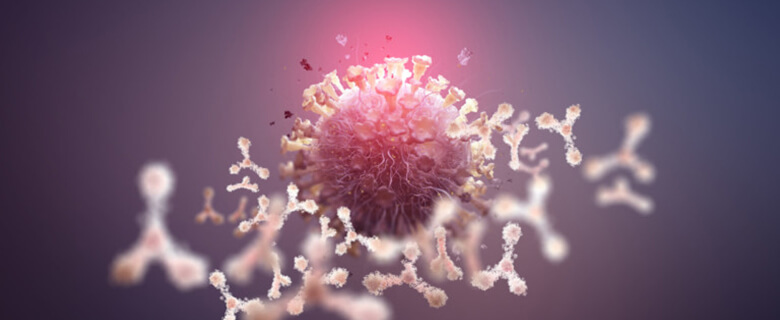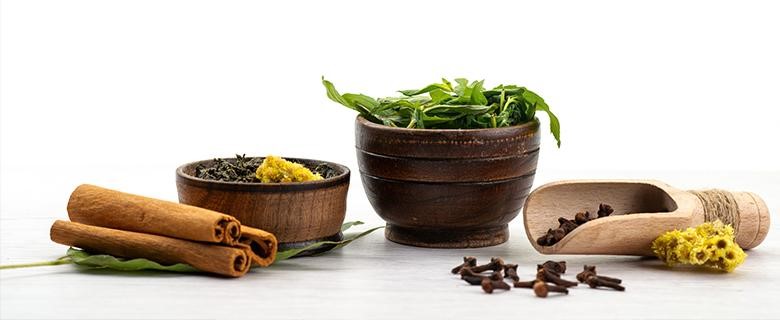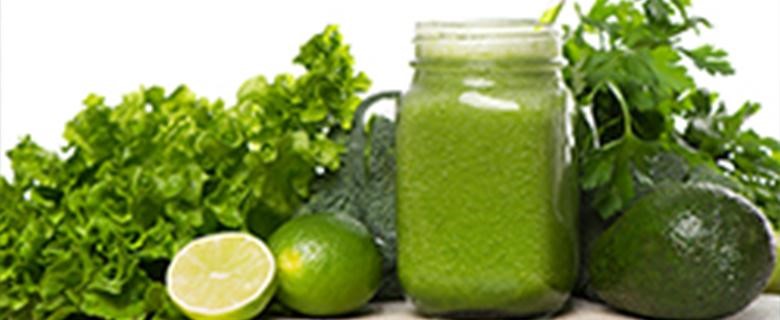
All About Body Toxins and How to Detoxify the Ayurvedic Way!
Ayurveda, one of the oldest medical sciences known to mankind, unlike modern medicine, approaches health not only as a physical entity but in a more holistic manner where it stresses on a harmonious balance between body, mind and soul for sustained wellness management.
This balance requires the digestive fire or the Agni in our body to be in balance along with the three doshas, namely vata, pitta and kapha as well as the systematic and regular flushing of waste matter (malas) or toxins. Ayurveda believes that when these are well balanced the chances of diseases invading your body are minimal.
What are Toxins and How Does Ayurveda Distinguish Them?

When the harmony between the agni and the three doshas is out of sync, the body produces toxins. Toxins are hazardous to our health as they weaken our immunity and diminish our body’s defenses against infections and disease.
Ayurveda characterizes these toxins into two types, internal and external and further classifies them as Ama, Amavisha and Garavish.
Internal toxins or Ama & Amavisha
Ama – Ama, the most common type of toxin, is a sticky waste product and is a result of the imbalance in our metabolism which gets aggravated when our digestive fire or agni is weakened, resulting in incomplete digestion. As the Ama builds up in your system, it slowly spreads throughout the body and seeps deep into tissues and organs, aggravating the doshas (vata, pitta and kapha), which may result in diseases
Amavisha – When the Ama is not timely flushed out, it builds up in one section of the body and mixes with doshas, dhatus (body tissues) or other waste products or malas such as urine resulting in Amavisha or a more toxic Ama
External toxins or Garavish
Garavish are caused due to pesticides, preservatives, chemicals, genetically altered food products, additives, unclean drinking water, pollution etc.
A balanced & strong digestive fire or Agni is essential for overall good health. When the digestive system is weakened it results in four types of Ama that hinder the normal working of our organs.
- Samagni or balanced digestive fire is the ideal condition where the Ama is not produced by the body and waste disposal is done automatically
- Mandagni low digestive fire produces Ama and results in toxin build up
- Tikshanagni is a state where the digestive fire is extremely high and results in Ama
- Vishamagni is a condition where the digestive fire is irregular, either too high or too low, and can produce Ama

Ayurvedic Detox
Ayurveda has long believed that the 5 elements or Panchmahabhuta, namely Prithvi (earth), Vayu (wind), Akash (space) Jal (water) and Tej (fire), make up each and every cell in our body and thus are an intrinsic part of our system. The three doshas, vata, pitta and kapha, are formed as a result of combinations of these 5 core elements. To ensure a person’s continued good health, these doshas and the digestive fire must be in harmonious balance. Any imbalance causes toxin build up leading to diseases.
Thus, Ayurvedic detox therapies, such as Panchkarma , primarily constitute cleansing and purification to restore this balance, based on ancient principles of ayurvedic medicines.
Panchkarma
Panchkarma is a well-known ayurvedic detoxification method that aims to boost immunity and rejuvenate the body. But prior to commencing Panchkarma, Ayurvedic practitioners conduct a treatment known as Purvakarma.
Purvakarma involves Snehan and Swedan. Snehan includes internal snehan which involves drinking ghee, oil etc. as well as an external oil massage. This treatment sends the toxins/ama to your bowels for flushing out. Once Purvakarma is complete, the first stage of Panchkarma begins…
Vaman where the toxins are removed by inducing vomiting
Virechan where various powders/ pastes made from medicinal herbs are used for cleansing
Anuvasan basti which involves purging of toxins through enemas given using warm medicinal oils
Niruha Basti involves using a kashya or a specific herbal blend, instead of medicinal oil, which is used as a cleansing enema
Nasya where the nasal canal is cleaned using medicinal oils and steam from herbs
Rakta mokshana or purification therapy via bloodletting is also considered a part of Panchakarma according to Sushruta Samhita
Ayurveda also suggests undergoing a seasonal detox to get rid of Ama that may have built up from the previous season/ritu. Some Ayurvedic detox treatments suggest remedies or supplements to flush out waste matter and cleanse the bowels. Dietary changes, that include avoiding certain foods (alcohol, caffeine, packaged foods etc.) that build up Ama, are also part of the detoxification process.
But all detox therapies must be conducted under the guidance of an expert ayurvedic Vaidya, after establishing individual prakruti as each person has different doshas and may need a customized detox routine.

Tips to Detoxify Your Body Naturally!
- Make sure you opt for wellness nutrition – eat well cooked, hygienic food at the right time, in the right quantities and right ritu!
- Drink clean, filtered water – our bodies are 70% water so make sure you enough quantity of this precious liquid to keep yourself hydrated
- Adapt your body to seasonal changes – changing seasons can vary body temperatures and create an imbalanced Agni, further weakening immunity and causing sickness, especially in small children. Altering our diet and lifestyle according to the season/ritu can help keep the toxin levels in check
- Personal hygiene is important – make sure you wash your hands to get rid of any germs or infections that can get into the digestive tract, thus upping the toxin levels
- Micro-nutrients, especially Vitamin D are important – let your body soak in enough sun as deficiency of Vitamin D can lead to weak immunity and increased toxin accumulation.
- Vitamin D is vital for effective flushing out of toxins as it helps in creation of antibodies that fight infections
- Make seasonal veggies, fruits, nuts and dairy products a regular part of your diet in order to get the recommended allowance of micronutrients such as Vitamin A, B, C, E, K as well as iron and folic acid
- Sleep well, exercise regularly – regular sleep timings, set exercise schedules, yoga, pranayama all help keep the digestive fire and doshas in balance thus avoiding toxin build up
Removing toxins from our body is essential as toxin/ama build up can compromise our immunity and lead to serious illness. Improving digestion, strengthening the liver to filter toxins, and ensuring a smooth waste disposal from the body are essential steps to avoiding toxin build up for robust all round (physical, mental and emotional) health.





0 Comment
No comments found.Thank you. Your comment will be visible after an approval.
Add your comment